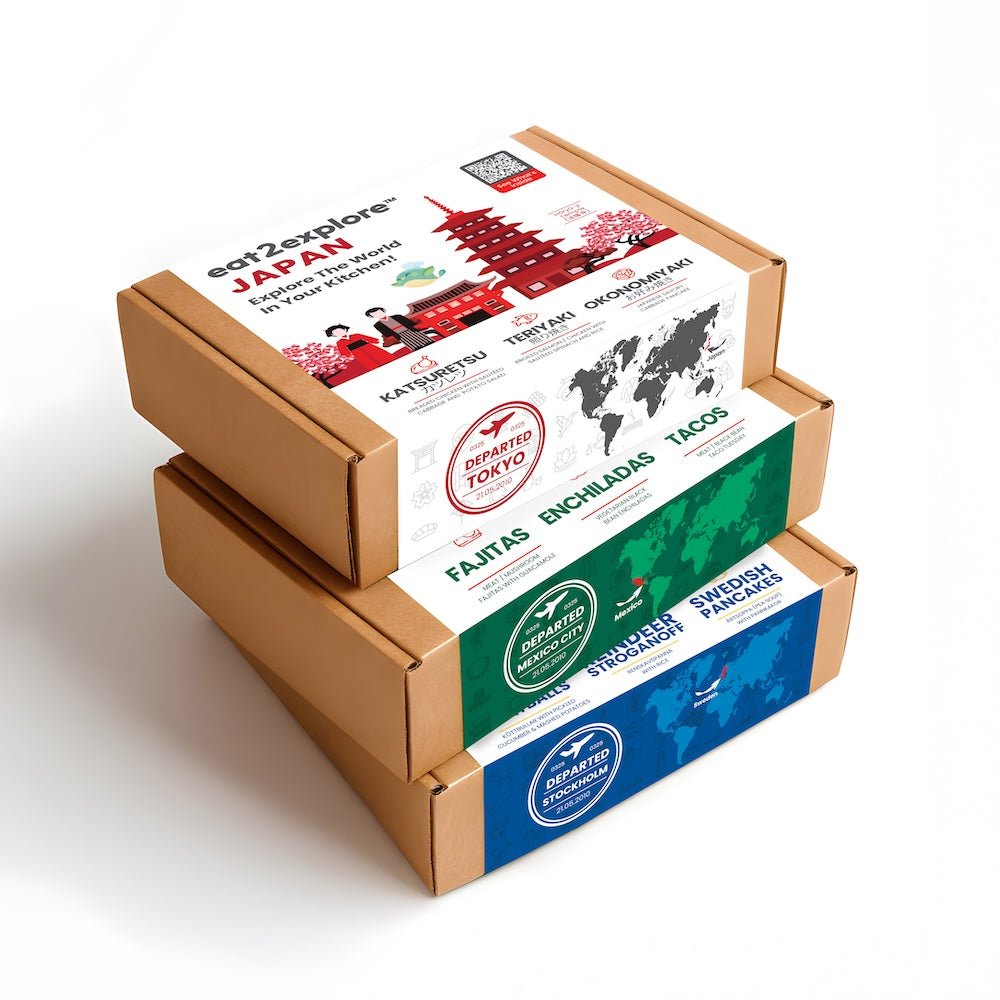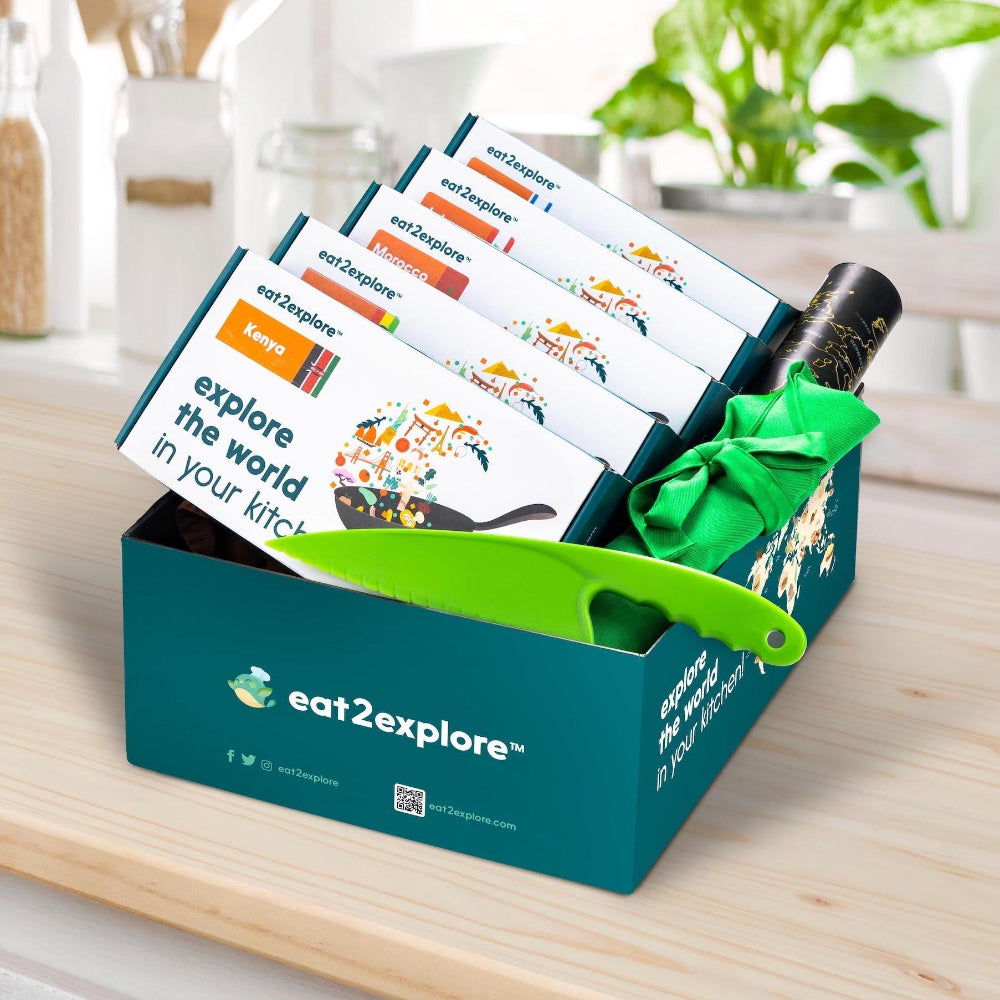There are many amazing festivals held in Thailand. In fact, there is a celebration in every month of the year, sometimes they overlap a little. Quite a few are rooted in Buddhism, where changes throughout the year are meaningful and renewal is a big part of the celebrations.
We’re going to explore a few of the festivals, see where they started and how they are celebrated.
Ready? Let’s go!

Songkran
The festival of Songkran is a New Year’s celebration. It’s probably the biggest celebration in Thailand. It happens every year in April beginning on the 13th.
Songkran comes from a Sanskrit word meaning to “move through.”
Thailand follows a Lunar calendar and Songkran happens when the planet moves into the constellation of Aries. It’s a time of renewal.
The time of year comes right after the winter season. Spring is beginning and plants are beginning to bloom, wildlife gets more active.
No one is sure when the festival began. It has origins in Buddhism so it’s possible that the tradition has been happening for centuries!
Long ago it was about purification with water. People would travel to the monasteries and bring food and blessings to the monks. They would take flower scented water and bathe the Buddha statues. Then they would take the water and sprinkle over their parents and elderly relatives with prayers and blessings for a better year.
This symbolized cleansing away the old year and moving into the new year.
Over time it has evolved to an all-out water fight. People hit the streets with everything and anything that can hold water, from cups to buckets and hoses to water guns!
The streets are closed to traffic and they become arenas for water fights. They also have parades, concerts, and beauty pageants.
The festivities can last for a couple days to a full week, depending on where you are in Thailand.

Loy Krathong
Loy Krathong is the light festival and it’s one of the most spectacular festivals in Thailand. Known as the Water Lantern Festival, it takes place the night of the full moon in the twelfth month of the Lunar calendar, usually around mid-November.
It’s truly a magical sight.
Loy means “to float,” and Krathong means “vessel.” So, it translates literally as Float a Vessel festival!
It’s believed the festival originated in the city of Sukhothai, which is about 5 hours travel north of the city of Bangkok.
Again, it’s a festival of renewal. Many Thais give thanks to the water goddess, Mae Khongkha, as they float their decorated “boats” out onto the water. This can happen around any body of water, a canal, a lake, a river.
The vessels are made from banana leaves and they hold candles and incense. Some are decorated with lotus blossoms.
People will sometimes put clippings of their hair or nails in the boats, to symbolize letting go of the past. Some people will put money in the vessels, as an offering to the water goddess.
The basic idea of the festival is a new beginning of sorts. Each candle has a prayer or memory or wish attached to it as it floats away.

Yi Peng
Celebrated at the same time as Loy Khatrong, this festival uses paper lanterns instead of boats. It is held in the northern regions of Thailand.
Once a year, people gather to give thanks to the Buddha and ask for wisdom and forgiveness for the upcoming year before lighting their lanterns and releasing them to the night sky.
One city in Thailand, Chiang Mai, celebrates both Yi Peng and Loy Khatrong on the same night. It’s something spectacular to see the night lit up with all the lanterns and candles.
The Buddhist temples and homes are decorated with tea lights, lanterns, and colorful streamers for the festival.

The King’s Birthday
This day celebrates the birthday of King Maha Vijiralongkorn, also known as King Rama X. It is a public holiday and the whole country joins in the celebration.
To honor the King, people wear yellow, which is a color associated with Mondays, the day King Vijiralonghorn was born on.
The holiday coincides with the current King. The previous King, King Bhumibol Adulyadej, was born on December 5th. That day is still celebrated in Thailand and it’s referred to as Father’s Day. The current King’s Birthday is celebrated on July 28th.
In addition to wearing yellow, which is a custom in Thailand on Monday’s, there are games, people gather outside the royal palace for a chance to see the King. People hold charitable events, and in the evening, fireworks are set off.

The Lopburi Monkey Festival
The province of Lopburi is one of the oldest in Thailand. It’s located about three hours by bus or car north of Bangkok. There is an ancient temple there, thought to have been built by the Khmer around the early 13th century. It’s called Phra Prang Sam Yot, but locally known as Monkey Temple.
Thousands of long-tailed macaques roam the province, hanging out with the locals and the tourists
Ever since 1980 these mischievous prowlers have had a celebration in their honor. The last weekend in November is when the locals hold the Monkey Buffet.
A long table is set up on the temple grounds and it is filled with all sorts of fruit, like bananas and oranges and dragon fruit. They are even provided with a syrup-like drink.
Why set up a buffet for monkeys?
Legend has it that this will bring good luck to the locals. It’s believed that the monkeys are descendants of a monkey King, Hanuman, from Hindu scripture. This monkey king fought off an army of demons, or so the story goes.
There is dancing and parades, all-inclusive with the monkeys, and, of course, the buffet! Watch out though, food fights are a normal practice for the monkeys.
Which festival sounds the most fun? You can celebrate these fun festivals as you eat2explore with our explore THAILAND!
Frequently Asked Questions
-
What is the Songkran Festival?
- Songkran is Thailand's traditional New Year celebration, held annually from April 13th to 15th. It's renowned for nationwide water fights symbolizing purification and fresh beginnings
-
Why do people throw water during Songkran?
- The water symbolizes cleansing and renewal, washing away misfortune to welcome the new year with a fresh start.
-
What should I wear during Songkran?
- Lightweight, quick-drying clothing is advisable. Many locals and tourists wear floral shirts, a popular choice during the festival.
-
How has Songkran been portrayed in popular media?
- "The White Lotus" Season 3, Episode 4, features a scene set during the Songkran festival, highlighting its cultural significance and vibrant celebrations.
-
What is the Loy Krathong festival?
- Loy Krathong is Thailand’s festival of lights, celebrated on the full moon of the 12th month in the Thai lunar calendar (usually in November). Participants release decorated floating lanterns (krathongs) on rivers and lakes as a symbol of renewal and gratitude to the water goddess.
-
What does Loy Krathong symbolize?
- It represents a fresh start, a way to let go of negativity, honor the water goddess, and make wishes for the coming year.
-
What materials are used to make a krathong?
- Traditionally, krathongs are made from banana leaves, flowers, candles, and incense sticks. Some people add coins, hair, or nail clippings to symbolize letting go of bad luck.
-
What is the difference between Yi Peng and Loy Krathong?
- Yi Peng is celebrated mainly in Northern Thailand (especially Chiang Mai) and involves releasing floating sky lanterns, while Loy Krathong is observed across the country with floating water lanterns. Yi Peng coincides with Loy Krathong in November, occurring during the full moon of the 12th Thai lunar month.
-
Why do people release lanterns into the sky during Yi Peng?
- The lanterns symbolize letting go of misfortunes and making wishes for good fortune in the upcoming year.







